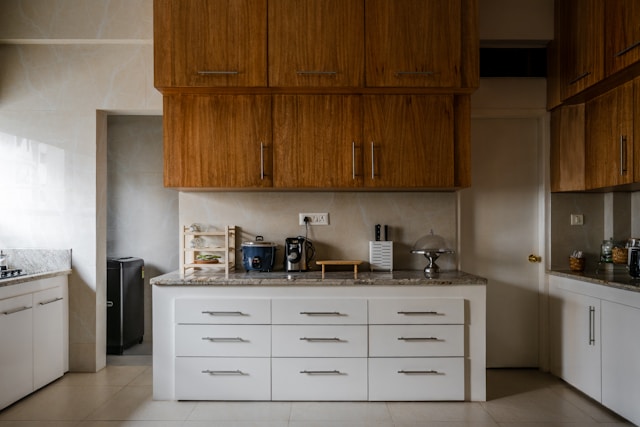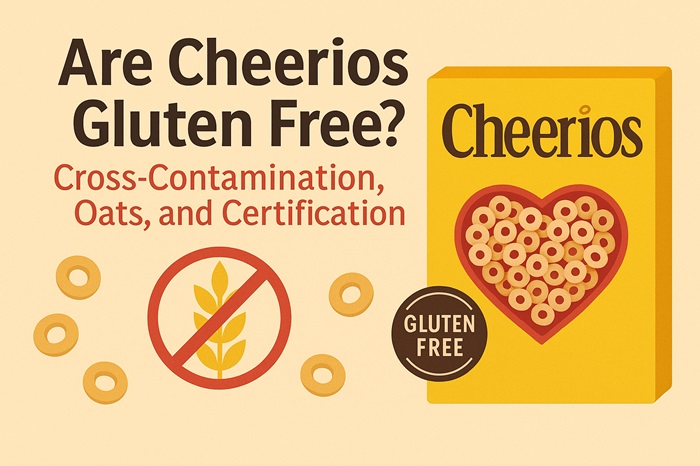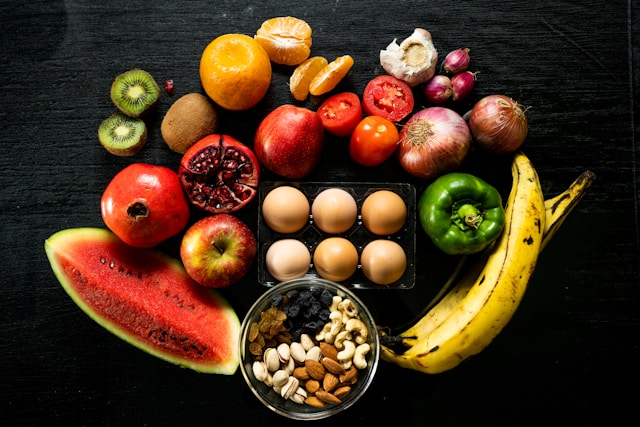In Miami’s fast-paced construction sector, contractors managing large-scale residential or commercial projects need more than just aesthetic cabinet designs — they need reliable supply chains, cost efficiency, and increasingly, materials and production methods that align with environmental goals.
Cabinets can have a significant ecological footprint due to the harvesting of raw materials, manufacturing processes, and the finishes applied. For contractors in Miami, sourcing responsibly can help meet client expectations, comply with green building standards, and contribute to long-term environmental stewardship.
Why Sustainability Matters in Cabinet Sourcing
Cabinet manufacturing often involves wood or composite materials, adhesives, and finishes that can impact both indoor air quality and natural resources. Sustainable sourcing helps reduce these impacts by:
- Protecting Forest Resources – Choosing products made from FSC-certified wood ensures materials come from responsibly managed forests.
- Reducing VOC Emissions – Cabinets finished with low- or zero-VOC paints and sealants improve indoor air quality.
- Promoting Circular Economy – Using recycled or reclaimed wood lowers demand for virgin timber and keeps usable materials out of landfills.
- Supporting Green Building Certifications – Sustainable cabinetry can contribute to LEED, WELL, and other green building credits.
Types of Suppliers Contractors Can Consider
Contractors have multiple options for sourcing high-volume cabinetry, each with different sustainability implications.
- Local Manufacturers and Assemblers
Local manufacturing reduces transportation emissions and often allows for closer quality oversight. Some Miami-based manufacturers offer rapid production schedules while incorporating eco-conscious practices, such as water-based finishes or recycled materials.
Example:
Some suppliers in Miami’s design district produce cabinets with sustainably harvested birch wood, formaldehyde-free plywood cores, and soft-close hardware — offering durability alongside a reduced environmental footprint.
- Importers with Sustainable Product Lines
International suppliers can provide unique designs and materials, but freight emissions must be considered. If choosing imported products, contractors can prioritize those with third-party certifications and transparent supply chain practices.
Example:
Italian cabinetry brands available in Miami sometimes source from sustainably managed forests and use non-toxic lacquers, offering both high-end aesthetics and compliance with eco-standards.
- Wholesalers and RTA (Ready-to-Assemble) Distributors
RTA cabinets are a practical choice for high-volume projects because they ship in compact, flat-pack form, which helps lower transportation costs and reduce freight-related emissions. By selecting modern RTA cabinet styles from wholesalers that offer sustainably produced options — complete with documented environmental certifications such as FSC or Greenguard — contractors can combine efficient on-site assembly with eco-conscious sourcing. This approach not only supports project timelines but also aligns with green building objectives.
Example:
Some Miami-based wholesalers offer bulk discounts on FSC-certified RTA cabinets in popular shaker styles, combining fast delivery with sustainable sourcing.
Notable Miami Cabinet Sources with Sustainability Potential
While not endorsements, these examples illustrate the variety of cabinet sourcing options in Miami and how they can integrate sustainability:
- Highland Cabinetry – Known for its modern RTA offerings, some lines feature sustainably harvested birch and plywood. Contractors can request details on VOC compliance and certifications.
- Decorini Cabinetry – Specializes in luxury Italian cabinetry; certain ranges use eco-certified woods and low-emission finishes.
- Gulf Cabinets – Serves high-volume commercial projects; can tailor material sourcing for LEED or WELL project requirements.
- Panda Kitchen & Bath – Operates its own manufacturing facilities, enabling control over wood sourcing and finish selection.
- ProCraft Line – Offers ready-to-assemble cabinets with quick availability; contractors can verify compliance with EPA TSCA Title VI formaldehyde standards.
Best Practices for Contractors Sourcing Cabinets Sustainably
- Ask for Certification Documentation – Request FSC, PEFC, or Greenguard certificates to verify sustainability claims.
- Prioritize Local or Regional Suppliers – Reduce transportation emissions and support local economies.
- Consider Material Lifespan – Choose cabinets designed for durability, repairability, and eventual recyclability.
- Factor in Indoor Air Quality – Low-VOC adhesives, sealants, and finishes protect both workers and occupants.
- Integrate Sustainable Choices into Bids – Educate clients on long-term cost savings and environmental benefits.
Market Trends in Miami Cabinetry Sourcing
Miami’s construction sector has been on a strong growth trajectory, driven by residential developments, hospitality expansions, and commercial renovations. According to the U.S. Census Bureau, Florida issued over 200,000 new housing permits in 2023, with Miami-Dade, Broward, and Palm Beach counties representing a significant share. This growth translates into high demand for cabinetry, especially in large-scale projects such as apartment complexes, hotels, and mixed-use developments.
Another notable trend is the rising interest in eco-friendly interior finishes. Many developers are targeting LEED certification or marketing properties as sustainable to attract environmentally conscious buyers and tenants. This shift means more contractors are being asked to source cabinetry that meets specific environmental criteria — from FSC-certified wood to low-VOC finishes.
Miami’s global connections also influence sourcing. While some contractors still rely on imported cabinets for unique designs, there’s a growing shift toward local or regional suppliers to reduce lead times, shipping costs, and carbon footprints. In this competitive market, suppliers who can provide both sustainable and fast-turnaround solutions have a distinct edge.
Cost vs. Sustainability: Cabinet Sourcing Comparison
The perception that sustainable cabinets are significantly more expensive is changing. While upfront costs can be higher in some cases, the long-term benefits often outweigh the initial investment, especially for high-volume projects where durability and environmental compliance matter.
| Factor | Conventional Cabinets | Sustainable Cabinets |
| Average Initial Cost | Lower upfront cost ($100–$300 per linear foot) | Slightly higher ($150–$350 per linear foot) depending on certifications |
| Material Quality | May use MDF or particleboard with formaldehyde-based adhesives | FSC-certified wood, low-VOC adhesives, recycled materials |
| Lifespan | 10–15 years (prone to moisture and wear issues) | 15–25 years (better structural integrity, repairable parts) |
| Indoor Air Quality Impact | Can emit VOCs for months after installation | Low or zero VOC, better for occupant health |
| Environmental Impact | Higher — non-renewable sourcing, landfill disposal common | Lower — renewable sources, recyclable or compostable parts |
| Long-Term Cost Savings | Moderate — may need replacement sooner | Higher — reduced replacement frequency, possible tax credits |
| Green Certification Potential | Limited or none | Can contribute to LEED, WELL, or Green Star points |
Key Takeaway: While sustainable cabinets may have a 10–15% higher upfront cost, they often deliver long-term savings, healthier indoor environments, and compliance advantages for projects aiming for green building certifications.
Conclusion
In Miami’s competitive building market, high-volume cabinet sourcing doesn’t have to mean compromising on sustainability. By understanding the environmental implications of materials, finishes, and supply chains, contractors can select cabinets that deliver on speed, cost, and ecological responsibility.
With more clients seeking eco-friendly interiors and green-certified projects, sourcing sustainable cabinetry is not just a trend — it’s becoming an essential part of responsible construction.




